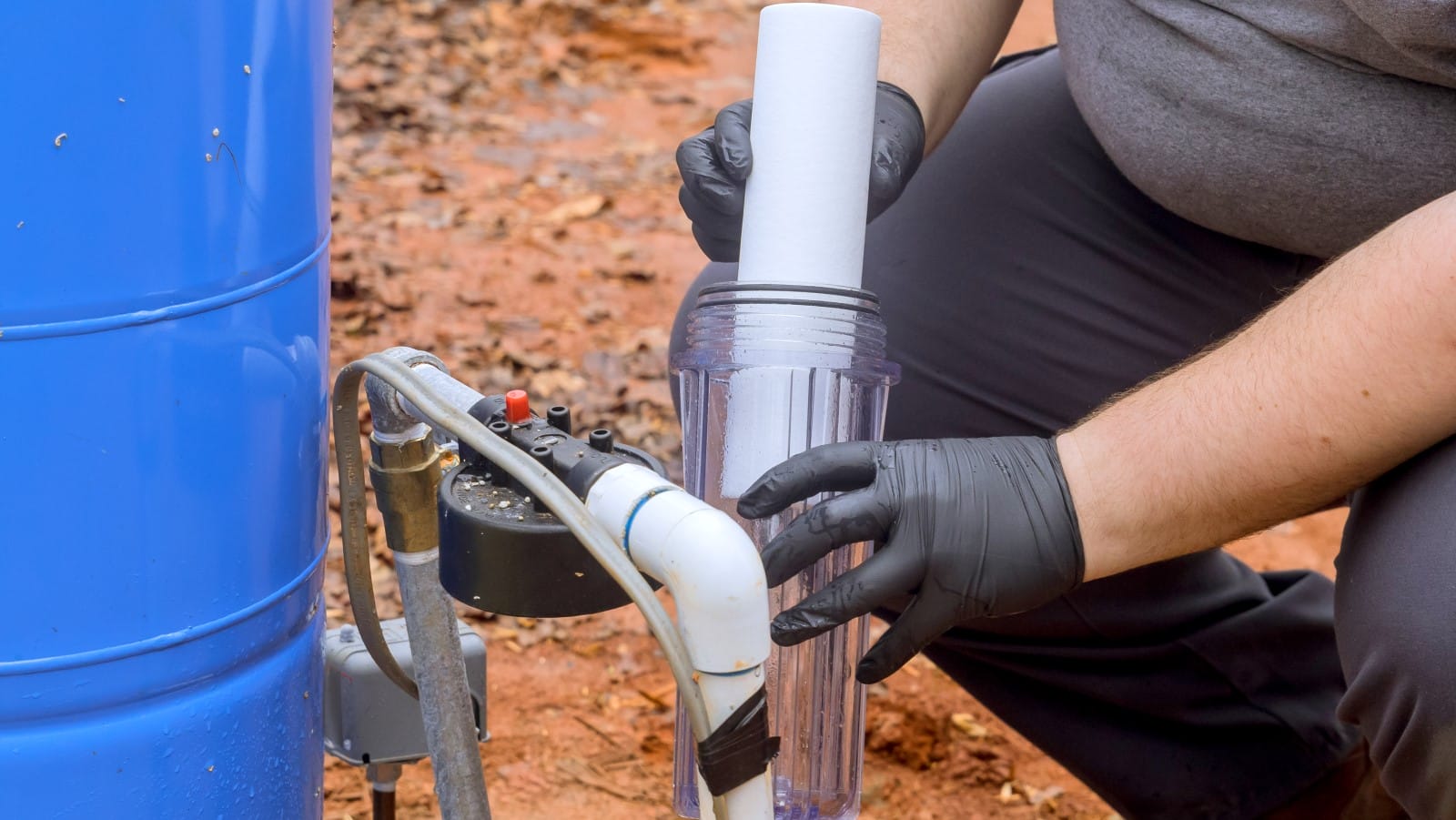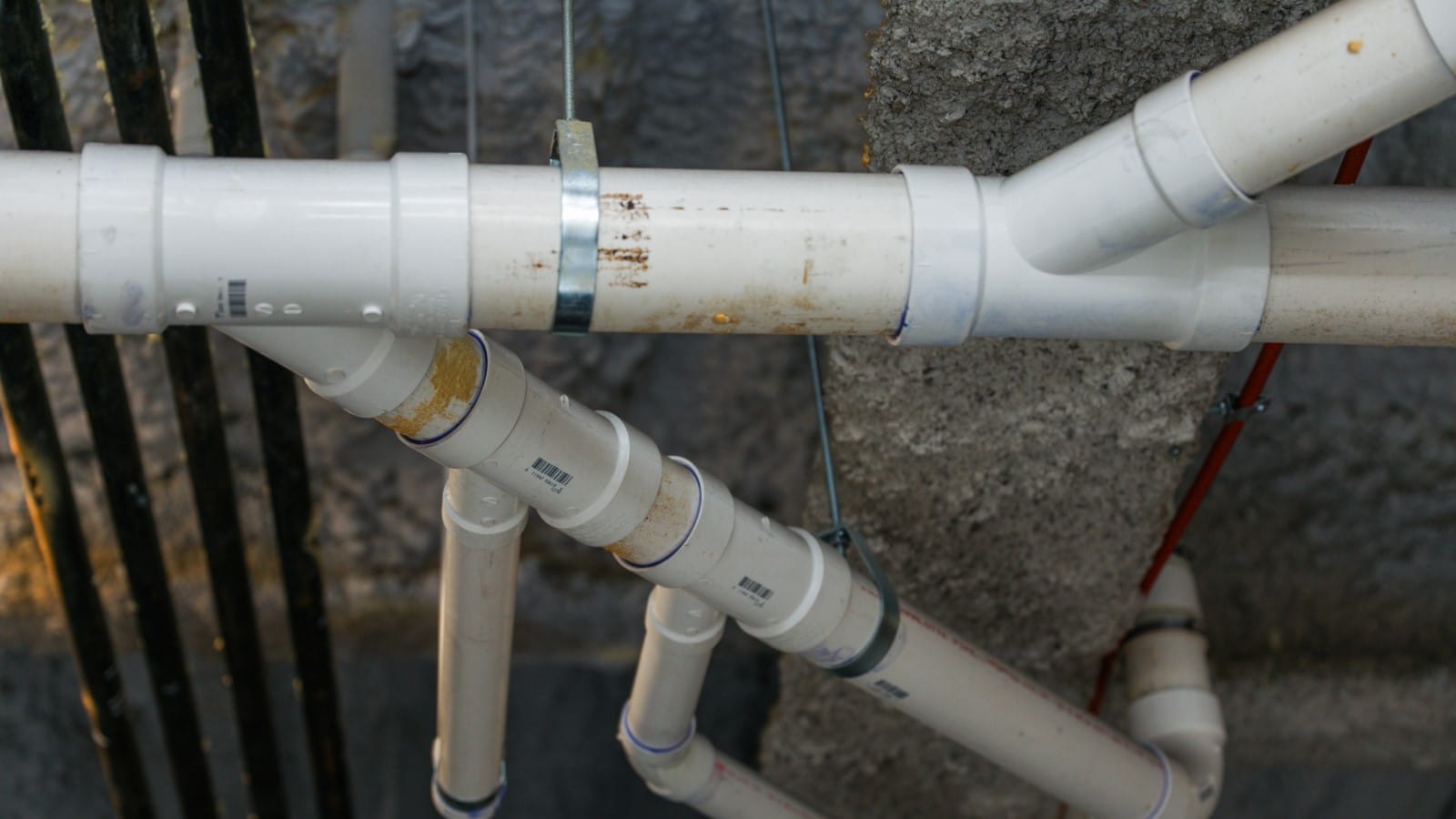A clogged kitchen sink can turn a simple task like washing dishes into a frustrating ordeal. But don’t worry, we’ve got you covered. In this article, we’ll explore proven ways to unclog your kitchen sink and keep that drain flowing smoothly.
Why Do Kitchen Sink Drains Clog?
There are several reasons why homeowners find themselves searching for ways to unclog a sink. From standing water that just won’t drain to reaching for drain cleaner more often than you’d like, a clogged kitchen sink can be a persistent issue.
While it’s a common household problem, the causes can vary widely. Whether it’s coffee grounds from your morning brew, starchy foods like pasta and rice turning into a gooey mess, or kitchen grease solidifying in the pipes, each clog has its own story. These are some common reasons why kitchen sink drains clog:
- Coffee Grounds: Often, coffee grounds go down the sink, primarily if you use a French press. These fine grains can accumulate and cause a blockage over time.
- Starchy Foods: Foods like pasta and rice can turn into a gooey mess, leading to clogs.
- Kitchen Grease: Grease and oil can solidify and create stubborn clogs.
The Role of Garbage Disposal in Sink Clogs
Your garbage disposal is a convenient tool for breaking down food waste, but it can also be a part of the clogging problem if not used correctly. If your sink has a garbage disposal and you’re experiencing clogs, it’s worth checking to see if the disposal itself is clogged or needs maintenance. However, malfunctioning garbage disposal is often a symptom of a clog farther up the pipe rather than the cause of the clog itself. Always check the garbage disposal as part of your troubleshooting process.
Method 1: Using Boiling Water to Clear Blockage
Boiling water is the simplest and often the most effective way to dislodge a minor clog. Just pour a pot of boiling water down the drain and see if the water flows freely. However, be cautious if your drain is attached to PVC pipes, as boiling water could melt them.
Method 2: The Baking Soda and Vinegar Method
- Step 1: Pour a cup of baking soda down the drain.
- Step 2: Follow it up with a cup of vinegar.
- Step 3: Cover the drain opening and let the mixture sit for 30 minutes.
- Step 4: Run hot tap water to see if the clog has cleared.
Method 3: Plunge Your Way to a Clear Drain
- Select the Right Plunger: Opt for a flat-bottomed plunger to maximize suction and effectiveness.
- Execute the Plunging Technique: Position the plunger over the drain opening and apply forceful plunging motions.
- Test the Results: Remove the plunger and run a stream of warm water to assess whether the clog has been successfully eliminated.
Method 4: Using a Plumber’s Snake to Break Up the Clog
- What You’ll Need: A plumber’s snake that fits into your kitchen sink drain.
- The Technique: Insert the snake into the pipe and twist it a few times once you hit the obstruction. This will help break up the clog.
- Check: Pull the snake out and run hot water down the drain to see if the clog has been removed.
Method 5: Cleaning the P-Trap to Clear Your Drain
- What You’ll Need: A bucket, wrench, and gloves.
- The Technique: Place a bucket underneath the pipes to catch any spillage. Use a wrench to loosen the connectors and remove the P-trap. Clean it thoroughly and reattach it.
- Check: Run warm water to see if the clog has been cleared.
Navigating Kitchen Sink Clogs: A Rockwall Homeowner’s Guide
Living in Rockwall, TX, you enjoy the benefits of a close-knit community and beautiful Lake Ray Hubbard. But even in this idyllic setting, household issues like a clogged kitchen sink can disrupt your day.
As recommended by the City of Beaumont, Texas, it’s essential to be aware that common issues like low water pressure can also affect how effectively you can tackle a clog. Before reaching for that drain cleaner or calling a professional, consider checking your main shut-off valve, often located in your front yard or garage. A partially closed valve can reduce water pressure, making it harder to dislodge clogs. And if you’re experiencing discolored water, it could be a sign of a larger issue in your plumbing system. Always remember, when it comes to plumbing issues, a proactive approach can save you both time and money.
When to Call a Professional Plumber
If you’ve tried all these methods and still have a clogged kitchen sink, it’s time to call a professional. Intown Plumbing, TX is your go-to service for all plumbing issues in and around Rockwall, TX.
Plumb the Depths: How to Dislodge Your Kitchen Sink Clog
Navigating the murky waters of a clogged sink can be overwhelming, but armed with the right knowledge and tools, you can turn the tide. Whether it’s a simple fix like using boiling water or a more involved process requiring a plumber’s snake, you have multiple avenues to restore your kitchen sink to its former glory. And remember, if you find yourself repeatedly reaching for the faucet or drain cleaner, it might be time to call in the experts.
Your Roadmap to a Clear Drain
- Understanding the Culprit: Coffee grounds, starchy foods, and kitchen grease are common offenders.
- Garbage Disposal: A malfunctioning garbage disposal could be a symptom, not the cause.
- Boiling Water: A quick and easy first step, but be cautious with PVC pipes.
- Baking Soda and Vinegar: A chemical-free way to tackle clogs.
- Plunging: Effective for minor clogs but requires the right technique.
- Plumber’s Snake: For those stubborn clogs that refuse to budge.
- P-Trap Cleaning: Sometimes, the issue lies in the trap beneath your sink.
Have you tried all the methods and are still dealing with a stubborn clog? Don’t let a clogged sink disrupt your daily life. Choose professional plumbing service from Intown Plumbing, TX, your trusted partner for all plumbing issues in and around Rockwall, TX.





